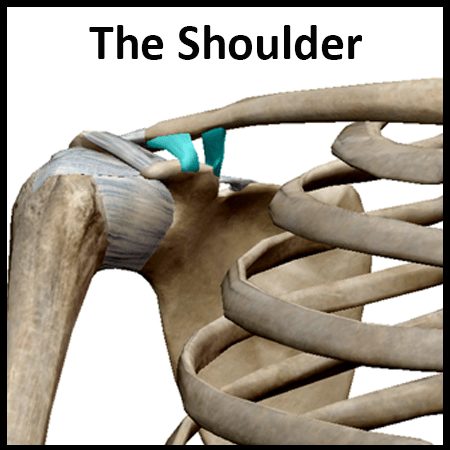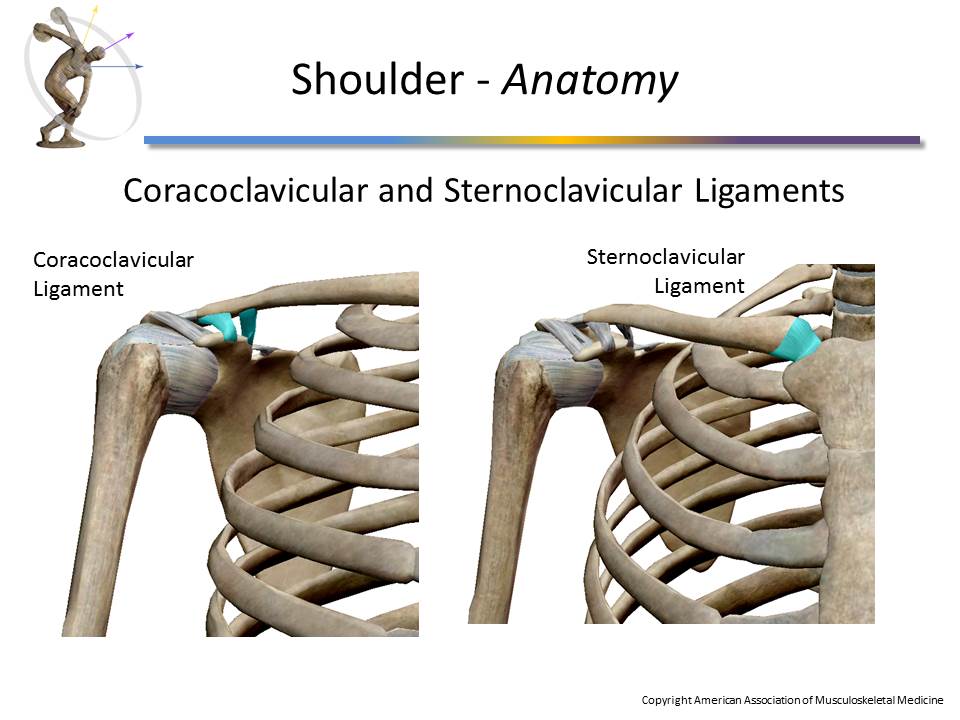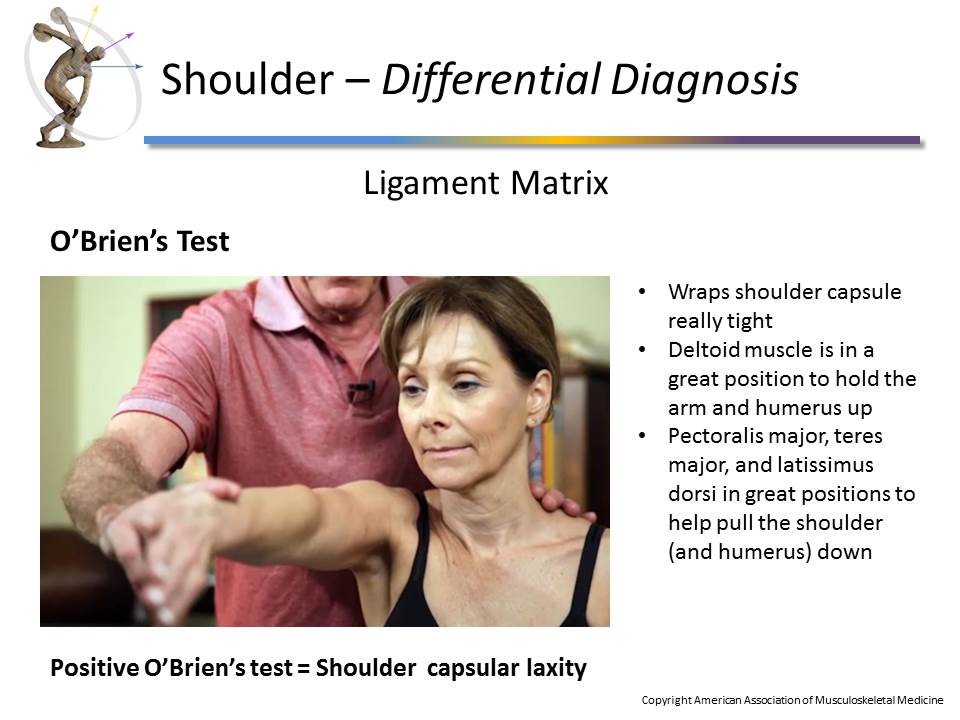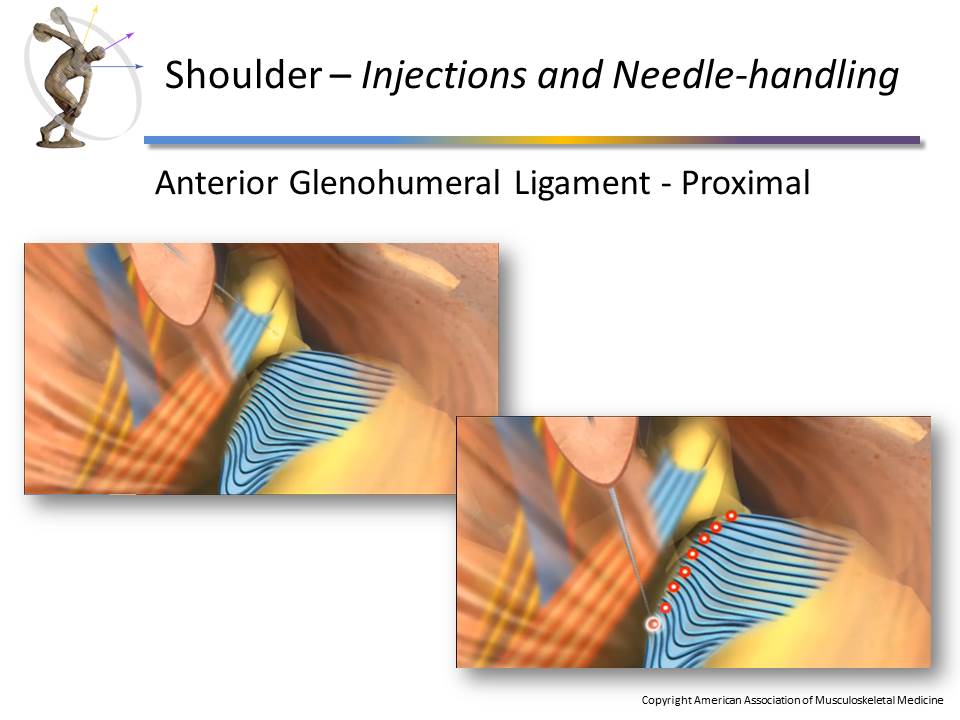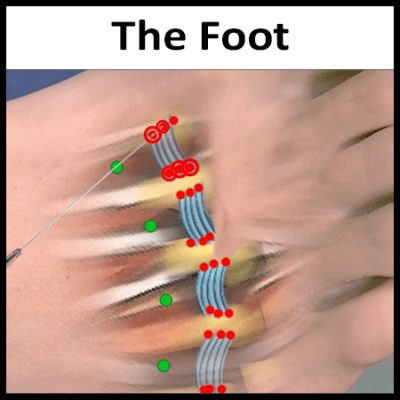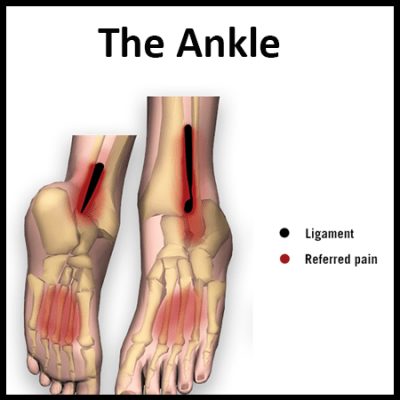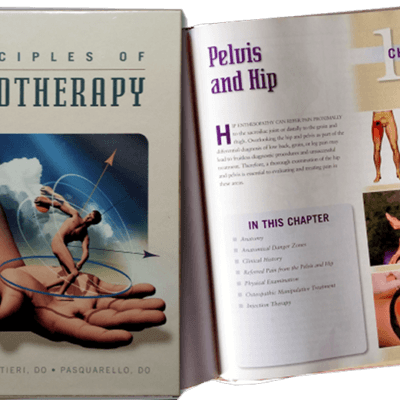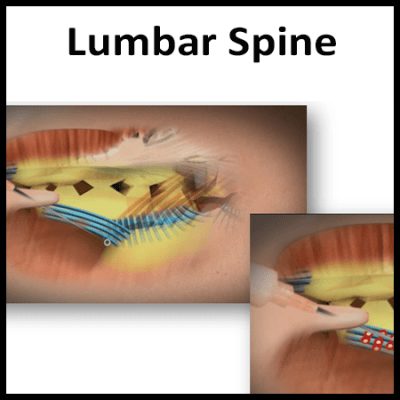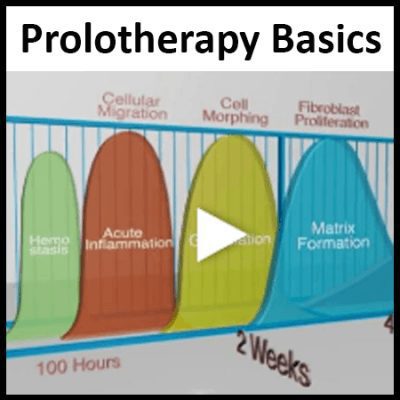Description
Module 2: The Shoulder
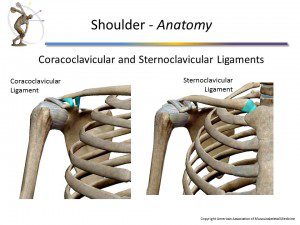 The Prolotherapy Shoulder module is designed and presented to give you the in-depth knowledge you need to understand shoulder anatomy, take a detailed history, do a thorough and directed physical exam, create your differential diagnosis, landmark target areas, understand the injection and needle-handling techniques, and consider rehabilitation.
The Prolotherapy Shoulder module is designed and presented to give you the in-depth knowledge you need to understand shoulder anatomy, take a detailed history, do a thorough and directed physical exam, create your differential diagnosis, landmark target areas, understand the injection and needle-handling techniques, and consider rehabilitation.
Dr. Ravin brings to bear his considerable experience in successfully treating thousands of patients, combining instruction with graphics, animations, slides, links, and other media to enable you to learn the skills necessary to treat patients with shoulder pain.
CME Credits: 3.75
Module Topics
- Introduction
- Anatomy
- History
- Pain Diagram
- Physical Examination
- Differential Diagnosis
- Landmark Identification
- Injections and Needle-handling
- Rehabilitation
The power of getting to the point is that in many instances, you will be treating a very small area that’s been injured. This module shows you how to consistently get your needle to the injured site–quickly, accurately, and effectively.
It is essential to gather these fundamental skills, which include the scientific background for how it works, the ability to take good histories, administer directed physical examinations, derive a good differential diagnosis, and identify and spot landmarks.
All of these are techniques that you will learn throughout this course.
Course Information
Dr. Thomas Ravin, M.D. has been a practicing prolotherapist for nearly 30 years, and has been teaching prolotherapy to medical professionals since the early 1990’s. Dr. Ravin has trained hundreds of professionals, using the experience he has gained from successfully treating thousands of patients. Dr. Ravin’s text, Principles of Prolotherapy, written with Dr. Mark S. Cantieri, D.O. and Dr. George J. Pasquarello, D.O., is a best-seller, and is widely considered to be the most comprehensive text covering all aspects of prolotherapy.
Prolotherapy: Getting to the Point and ProlotherapyEducation.com support most devices with access to the Internet, including PCs, Laptops, mobile devices, and tablets. A connection to the Internet is required.
This course has been designed to meet the educational needs of Physiatrists, Pain Management Physicians, Sports Medicine Physicians, Orthopedic Medicine Physicians, Family Practice Physicians, Osteopathic Manipulative Medicine Physicians, Naturopaths, PAs, Nurse Practitioners involved in the care of patients with ligament laxity, joint dysfunctions, tendinosis, muscle spasms, scars, and related pain.
Educational Objectives:
After completing this activity, the participant should be better able to:
Module 2: The Shoulder
- Understand the relevant anatomy of the shoulder.
- Understand and be able to apply taking a relevant history of the shoulder.
- Understand the relevance of the pain diagram as it relates to the shoulder, and be able to apply pain diagram findings to the patient’s differential diagnosis.
- Understand and be able to administer a physical examination of the shoulder as it applies to relevant treatment.
- Derive a differential diagnosis for treatment from the information gathered in the anatomy, history, pain diagram, and physical exam.
- Identify and draw landmarks, using knowledge from previous phases and palpation as precursors to injection.
- Understand how to use landmarks to determine injection points.
- Understand needle-handling skills that will be necessary in “getting to the point” of treatment.
- Understand how to use landmarks to determine injection points.
- Understand needle-handling skills that will be necessary in “getting to the point” of treatment.
Faculty:
Dr. Thomas Ravin, M.D.
- Associations:
- American Association of Orthopedic Medicine
- American Board of Nuclear Medicine
- American Board of Radiology
- Recipient of AAOM’s Lifetime Achievement Award, 2012
- Patients’ Choice Award, 2014
- On-time Doctor Award, 2014
Media: Internet
Disclaimer:
The opinions expressed in the educational activity are those of the faculty.
Participants have an implied responsibility to use the newly acquired information to enhance patient outcomes and their own professional development. The information presented in this activity is not meant to serve as a guideline for patient management. Any procedures, medications, or other courses of diagnosis or treatment discussed or suggested in this activity should not be used by clinicians without evaluation of their patient’s conditions and possible contraindications and/or dangers in use, review of any applicable manufacturer’s product information, and comparison with recommendations of other authorities.


